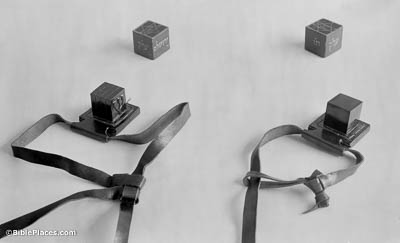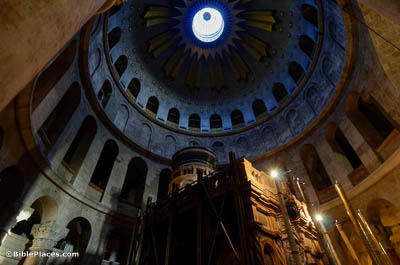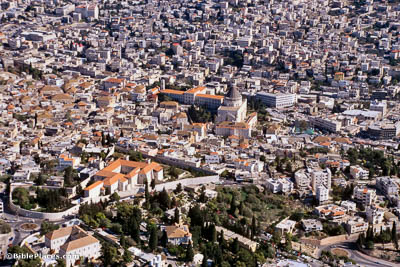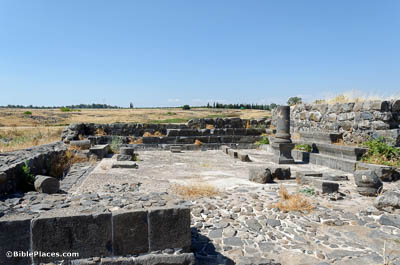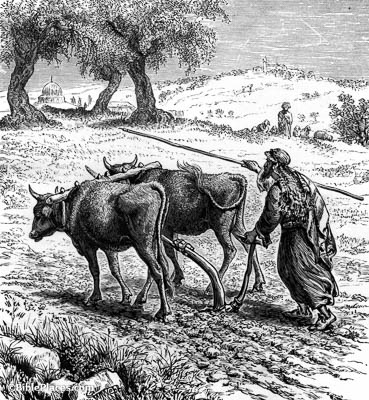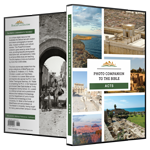You are an expert in all the customs and controversies of the Jews (Acts 26:3).
One Jewish custom that Agrippa would have known was the use of tefillin or phylacteries. The wearing of phylacteries on the head and arms comes from a literal interpretation of Deuteronomy 6:8: “And thou shalt bind them for a sign upon thy hand, and they shall be for frontlets between thine eyes.” Devout Jewish men today still wear them during morning prayers. Though these phylacteries are modern examples, phylacteries have been discovered from the time of Jesus. In fact, He references their use in Matthew 23:5.
